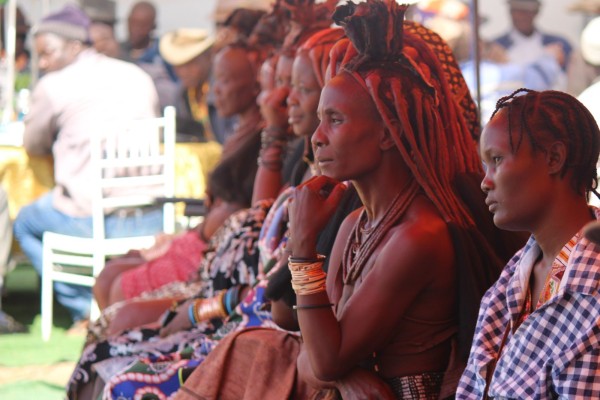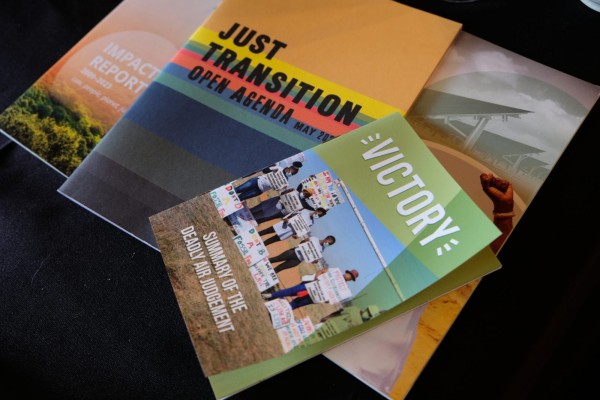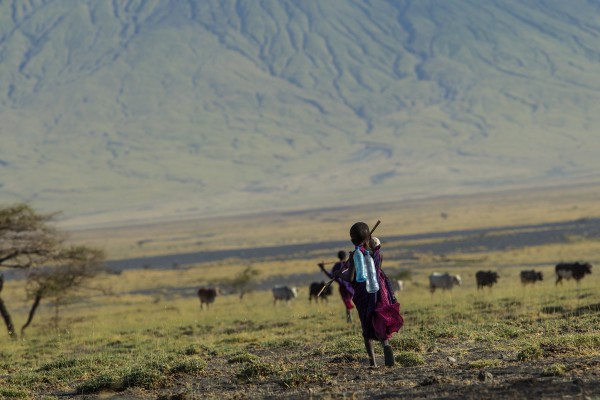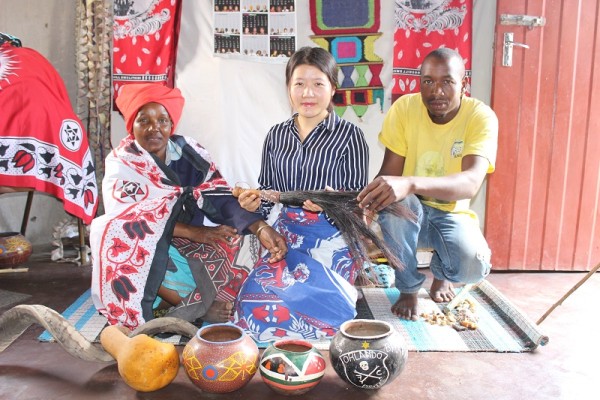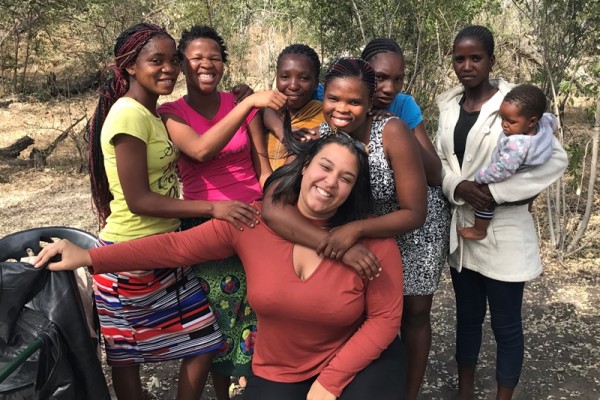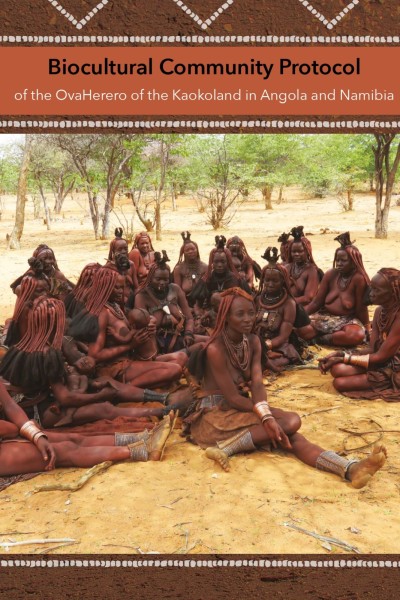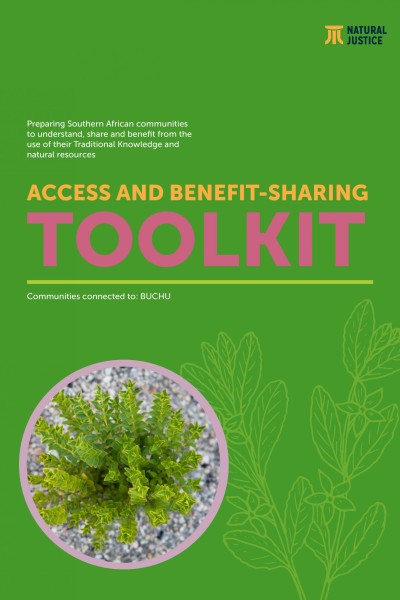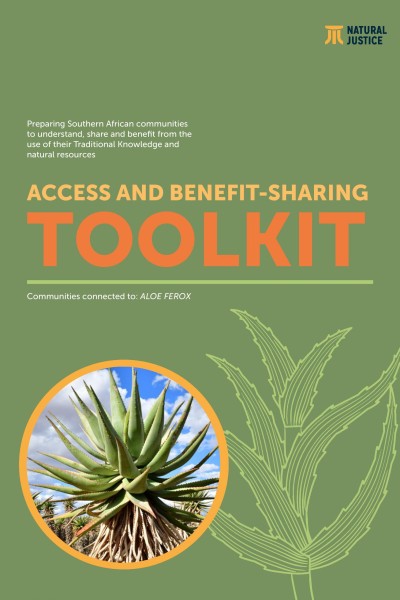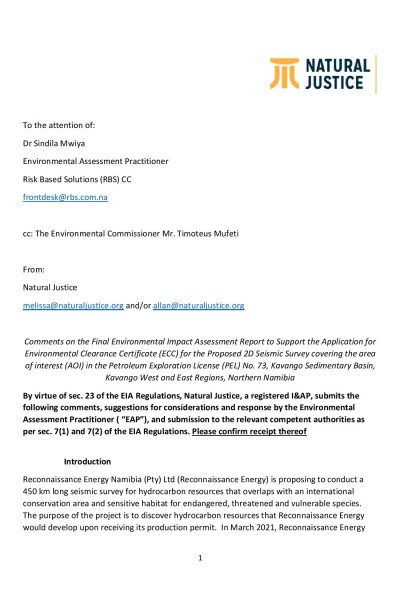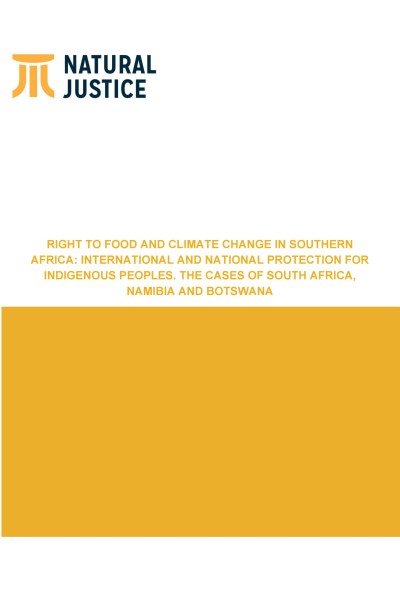Namibia is located on the western end of Southern Africa, between the Namib and Kalahari deserts, thus enduring one of the driest climates in sub-Saharan Africa. In spite of its arid geography, the country comprises high levels of biodiversity, and several of its ecosystems are becoming increasingly vulnerable due to human-related activities.
The protection of the environment is one of the key priorities of the Namibian government, as demonstrated by the fact that it is included into the country’s constitution. Furthermore, in 1993 the country started an ambitious project for communal wildlife conservancies becoming a global pioneer in integrating communities into the protection of their local ecosystem. Since then, more than 80 community conservancies were formed, covering more than 160,000km2 of the Namibian territory.
The integrated management of the Bwabwata National Park is one relevant initiative for the conservation of natural wildlife while respecting the rights of local communities. Although not formally a conservancy, the Bwabwata National Park encompasses traditional territories of the Khwe San, which were recognized for their right to live in their ancestral lands and are involved in the planning and management of the National Park. Yet, many practical challenges remain for the community to effectively protect their rights and maintain their traditional cultural practices.
Our work in Namibia aims to:
- Support Namibia’s implementation of the Nagoya Protocol and its related processes.
- Implement the Khwe community’s biocultural community protocol.
- Protect and valorise traditional knowledge of local communities, including customary practices for the management of natural resources.
- Effectively implement the ABS framework at the local level, with emphasis on the development of community protocols.
- Legal training of the local stakeholders on matters relating to the governance of lands and conservation of natural resources, as well as on other relevant legal subjects.


